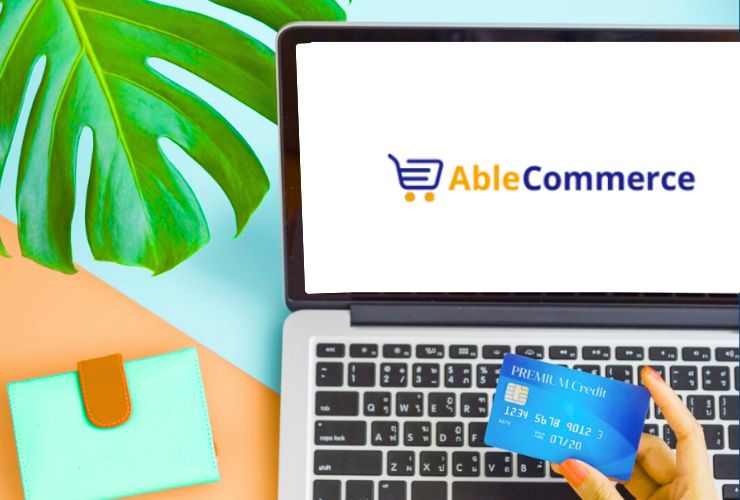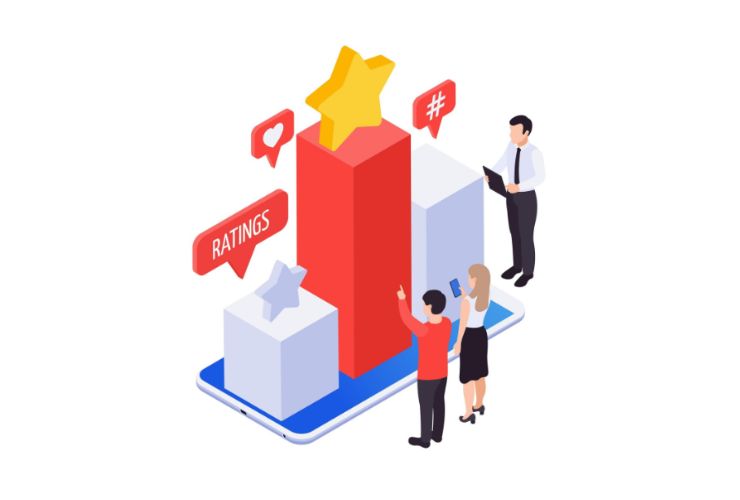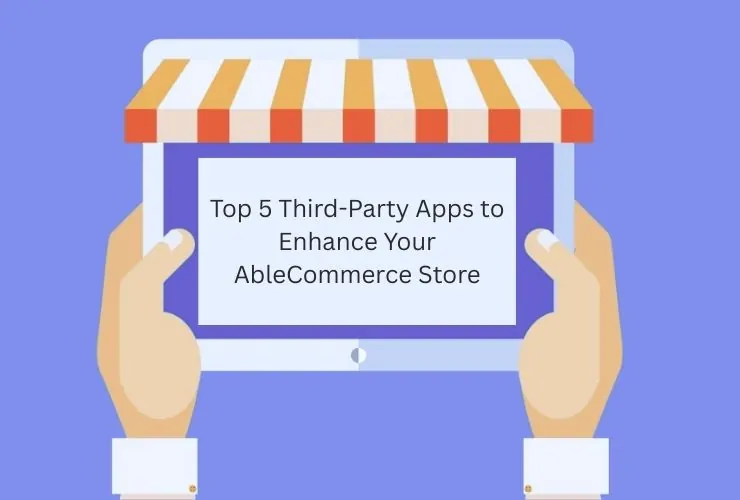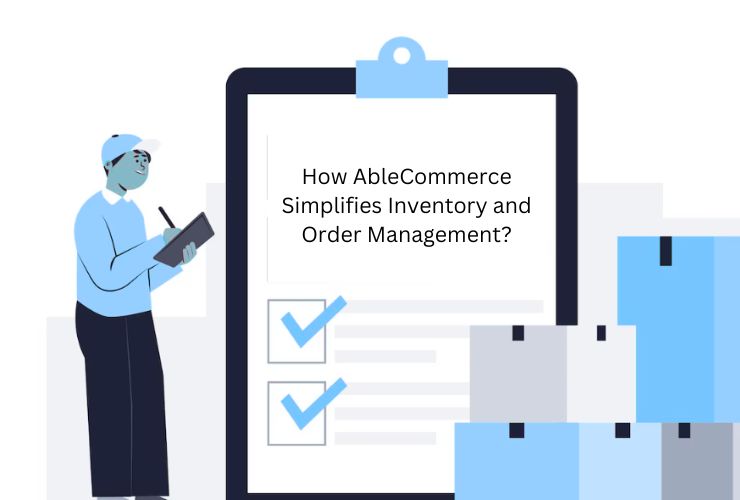In today’s networked world of bits, consumers expect a frictionless experience when shopping—whether they’re buying from your web site, via a mobile app, via social media, or off your bricks. Switching between channels ought to be seamless, and that is exactly what an omnichannel strategy is supposed to provide.
If your store is powered by AbleCommerce, you’re already equipped with a robust foundation to create an integrated, consistent customer journey. From centralizing product data to enabling personalized interactions, AbleCommerce simplifies the complex task of syncing multiple sales and communication channels.
What is an Omnichannel Strategy?
An omnichannel approach is a customer-first approach that combines all touchpoints—both offline and online—into one experience. Unlike a multichannel approach where platforms exist in silos, an omnichannel arrangement makes sure that your customers are getting the same service and branding no matter how or where they interact with your business.
Whether a customer is shopping on mobile while commuting, adding items to their cart at home on a desktop, and completing the purchase in-store, the entire process must be connected and seamless.
Why Omnichannel Matters in eCommerce
Consumer behavior has completely changed. Today’s consumers desire:
- Consistent brand messaging on all media
- Products available in real-time regardless of device or location
- Seamless handoffs from one device or channel to another
- Personalized recommendations and interactions
- Quick, convenient options like buy online, pick up in store (BOPIS)
An omnichannel approach satisfies all of these requirements. Done correctly, it not only enhances the customer experience but also drives loyalty, increases conversions, and increases average order value.
Merchants without an omnichannel approach risk building disjointed experiences, resulting in abandoned carts, bad reviews, and lost sales.
How AbleCommerce Enables an Omnichannel Approach
1. Data Centrically Integrated Management
Using AbleCommerce, you integrate and manage all that important business information—product description, inventory levels, customer profiles, order histories, etc.—via a sole admin control panel. It guards against duplication, sidesteps mistakes, and keeps the information consistent across different platforms.
2. Storefronts Made For Mobile
Mobile commerce is more common than desktop. All of the AbleCommerce themes are designed to be mobile-friendly so that your store will be properly optimized for smartphones and tablets. This meets the requirements of on-the-go mobile shoppers and delivers omnichannel experiences across devices.
3. Third-Party Platform Integrations
AbleCommerce offers integration with third-party platforms and tools such as CRM systems, marketing automation tools, POS systems, shipping carriers, and payment gateways. All these integrations are essential in linking online and offline behaviors and providing a seamless experience.
4. Personalized and Consistent Customer Experiences
Tracked carts, price personalization, order history, and rewards for loyalty assist in giving personalized experiences. Whether a consumer comes back from another device or a physical store, their activity and likes are stored and brought to life.
5. API and Marketplace Integration
AbleCommerce offers a robust API to integrate with outside marketplaces like Amazon, eBay, or social commerce platforms. This allows centralized management of the inventory and order, which is easier to handle multiple channels of selling with consistency.
Developing an Omnichannel Strategy with AbleCommerce
To get the most out of AbleCommerce on your path to an omnichannel strategy, remember these best practices:
Unify Inventory Across Channels
Sync inventory across your website, app, physical store, and marketplaces. This prevents overselling and enables real-time inventory visibility for customers wherever they shop.
Enable Cross-Device and Cross-Channel Shopping
Enable customers to begin on one device or platform and finish on another. Guest checkout, saved shopping carts, and sticky login sessions enable this to be possible.
Personalize Marketing and Promotions
Leverage reporting from AbleCommerce solutions to deliver behavior-driven, targeted email, product suggestions, and promotions across all channels. This type of personalization raises repeat purchases and more significant relationships.
Close the Physical and Digital Storefronts
Implement functionalities like in-store pickup of web orders, return of online purchases in stores, or QR codes in stores leading customers to product details or customer reviews. Integrations like these break offline/online experience silos.
Monitor and Analyze Channel Performance
Utilize analytics to track how every channel performs—what converts the most, what sells best where, and where customers are dropping off. This data-driven approach helps refine your strategy over time.
Final Thoughts
Omnichannel today is not an option—it’s a requirement. Customers don’t see channels. They see a brand. Their experience needs to be seamless, intuitive, and personal from the first interaction to the final checkout.
AbleCommerce gives you all the tools to build and maintain a successful omnichannel strategy. Its flexible platform, integration friendliness, mobile responsiveness, and robust feature set allow you to connect the dots between your sales channels and offer a repeat shopping experience to customers.
Empowering your business with the full power of AbleCommerce, you can stay one step ahead of an increasingly large number of competitors—ahead of building a market with not only convenience but relationship to your customers.














